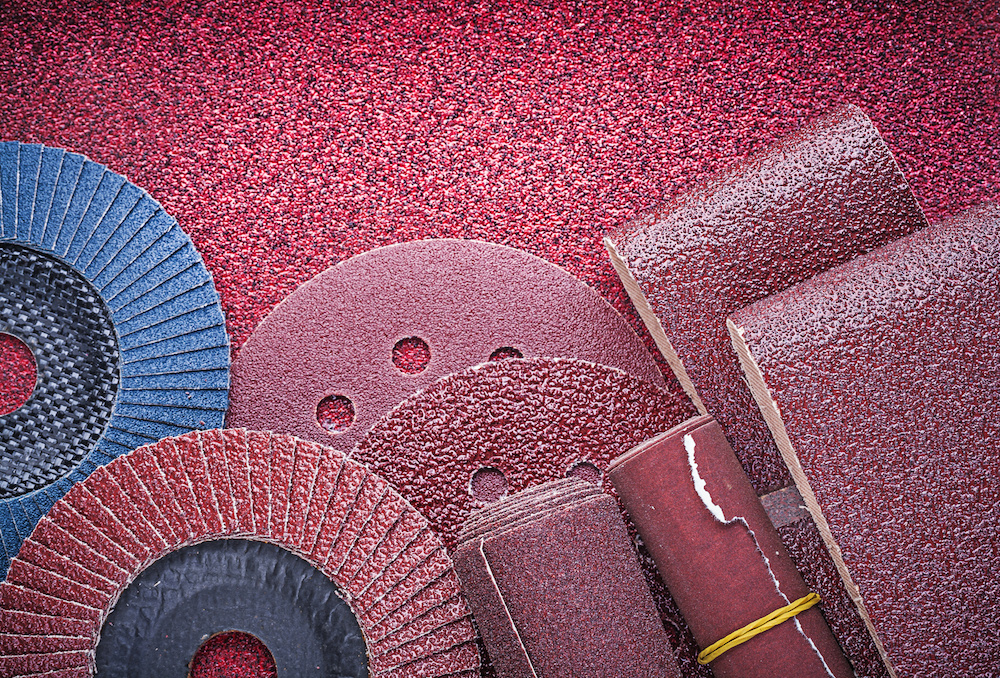Nameplates, graphic overlays, and membrane switches that come from Hallmark Nameplate all have one thing in common: they are high quality products that will stand up to the wear and tear of the operation they were designed for. When you create striking products for a number of manufacturers of medical, military, and aircraft equipment, you know the quality of the products you produce must be ready to take any task for a reliable amount of time. Abrasion resistance is just one of the ways we can ensure that our customers are receiving the highest quality nameplates, graphic overlays, and membrane switches available.
Abrasion
To understand abrasion resistance, you must first understand what it is to begin with. Abrasion is the process of rubbing down, scuffing, wearing down, or scratching the surface off of any given material. It is a process we, as a nameplate manufacturer are all too aware of. Environmental factors, such as UV rays and inclement weather, other equipment, and safety gear, like latex, rubber or other rough textile gloves all play a part in abrasion. Products that are constantly touched, pushed, and prodded and are used in a variety of settings and environments are highly susceptible to abrasion. Using materials that are abrasion resistant ensures that our products will remain clear for years of use, keeping intact the integrity of our products and the products our customers apply them to.
Why Abrasion Resistance Matters
Companies who work in high-stress areas, like healthcare, aircraft and military sectors, heavily rely on the equipment they use. Over time the buttons, instructions, or icons on their machines or controls are worn down due to their daily usage. Abrasion causes the buttons, icons, and instructions that were printed on the nameplate, graphic overlay, or membrane switch to become difficult to see, which can make their already high-stress environment even more stressful. Instead of expecting this wear-and-tear on their equipment and frequently replacing marred nameplates, graphic overlays, or membrane switches, smart businesses look for products that will resist abrasion and remain legible, in excellent working order for years to come.
How Abrasion is Tested
Because abrasion resistance is so important to both the manufacturer and the customer, there are many standard tests that measure resistance on nearly every material available. Tests are designed according to material and its application, and involve a controlled form of abrasion. Examples of this would be a rubber wheel that is rolled over the sample for a specific period of time, or a scrub test where sandpaper, or different sort of abrasive material is placed on a hydraulic arm and repeatedly moved over the sample surface. Setting a control abrasion and time period manufacturers are able to discern two important things about the materials they choose to work with: abrasion rate, and the normalized abrasion index.
Abrasion rate is how much mass is lost from the sample after 1000 cycles of abrasion, and the index is a ratio of the abrasion rate compared to the standardized, known abrasion rate of like materials. This way when we are testing a specific material for abrasion resistance, we can quantify how it stacks up to similar materials. With this knowledge we are able to choose the most abrasion-resistant materials for your nameplate, graphic overlay, or membrane switch.
Methods of Abrasion Resistance
Knowing that abrasion resistance is a standard measurement, when creating a graphic overlay for our clients becomes a choice of what material will best fit their needs. For medical equipment and instruments, selecting materials that stand up to constant pressure of latex gloves and abrasive cleaning solutions is extremely important. For military applications, UV protection and resistance to abrasives, like sand, salt, and moisture, is essential for creating instruments that not only work, but are clear and easy to see for a long time. One final method we use to ensure abrasion resistance is to use a screen printing technique where the logo, controls, icons and instructions are printed on the side of the nameplate or graphic overlay that will be closest to the instrument it is applied to. Layers of abrasion resistant material are then printed on top of the information, sealing it in and protecting it from the elements for even longer.
Knowing the limits of the substrate you choose for your nameplate, graphic overlay, or membrane switch is very important. Choosing a nameplate manufacturer who understands the importance of abrasion resistance for your equipment is easy when you choose to work with Hallmark Nameplate.




